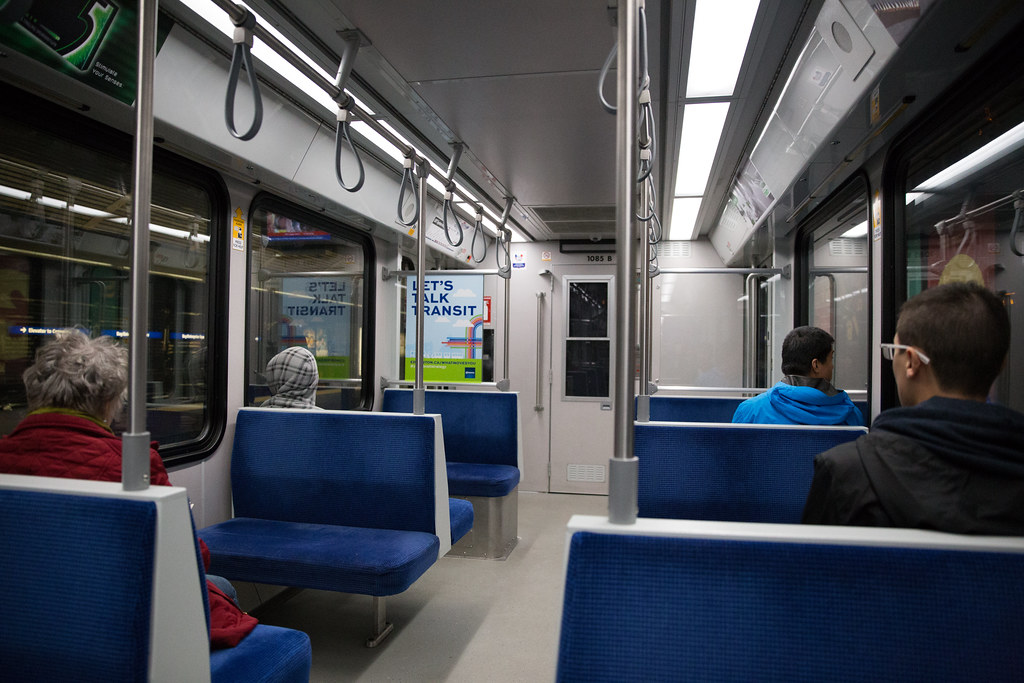
Transit head celebrates recovering ridership, calls for sheltering solutions
By
 Karen Unland
Karen Unland
Edmonton's transit ridership has reached 69% of pre-pandemic levels, a recovery that is outpacing Toronto's and is on par with Vancouver's, says Carrie Hotton-MacDonald, branch manager for the Edmonton Transit Service.
"I did assume that urban, dense environments would recover much more quickly than we would, but it hasn't been the case," she told Episode 170 of Speaking Municipally, Taproot's civic affairs podcast.
She noted that even during the pandemic, ridership was around 50% of normal, indicating perhaps that a significant number of Edmontonians could not work remotely and continued to ride the bus or take the train.
Rebuilding and then growing ridership relates in part to how safe people feel when taking transit. The number of security incidents per 100,000 boardings has been decreasing since October, Hotton-MacDonald said, but she acknowledged that "doesn't bring a lot of comfort for those that feel like maybe it's not as safe as it could be."
Homelessness and the drug poisoning crisis contribute to social disorder in transit stations. City council approved $3.9 million at the end of February to add more staff to the Community Outreach Transit Team, where members of the Bent Arrow Traditional Healing Society and transit peace officers connect people seeking shelter in the transit system with the supports they need.
But ultimately, it's the root causes that need addressing, Hotton-MacDonald said.
"We need to find sheltering solutions for people, because to think of a cold concrete floor in a pedway or transit centre as being appropriate shelters, it's really heartbreaking," she said. "They deserve better, and they need more support than that. That's what's keeping me up at night, to be honest with you."
The Edmonton Police Association has not hesitated to draw attention to violent crime in the transit system. Hotton-MacDonald said she has a good working relationship with the Edmonton Police Service on this file. "But I will say that when we hear about those stories, the first thing that comes to my mind is, 'Well, what is your plan for addressing the crime that's happening in those spaces then?'"




